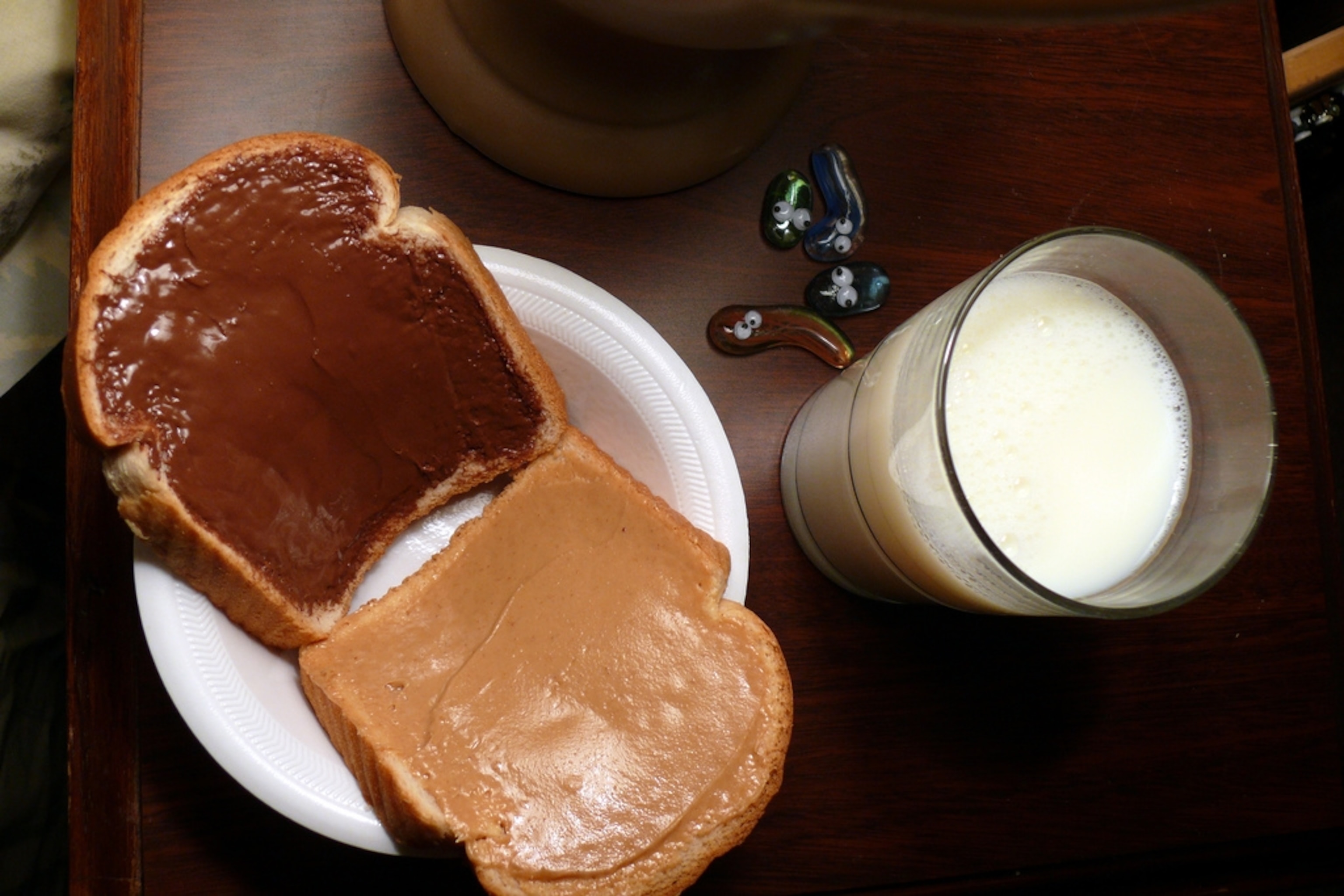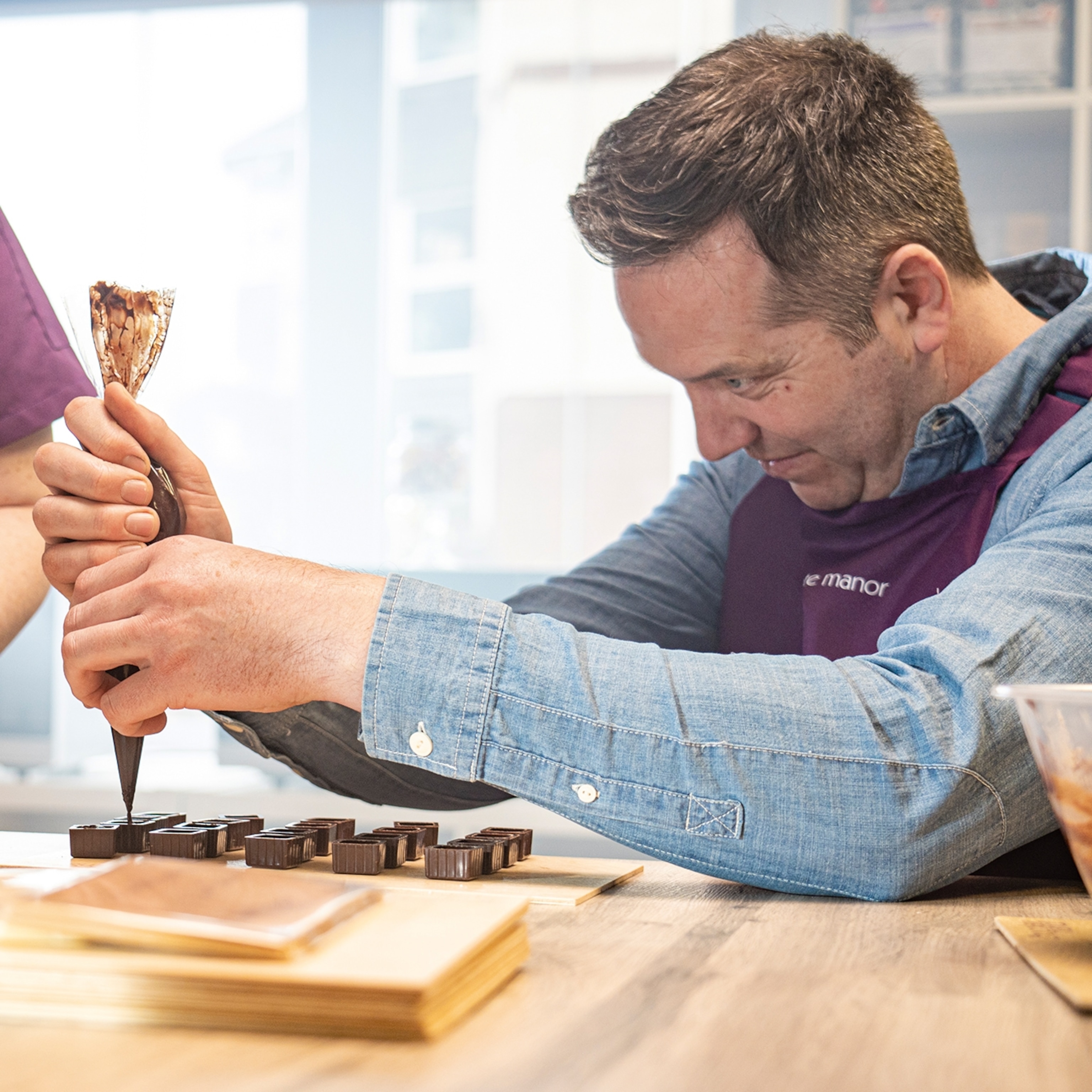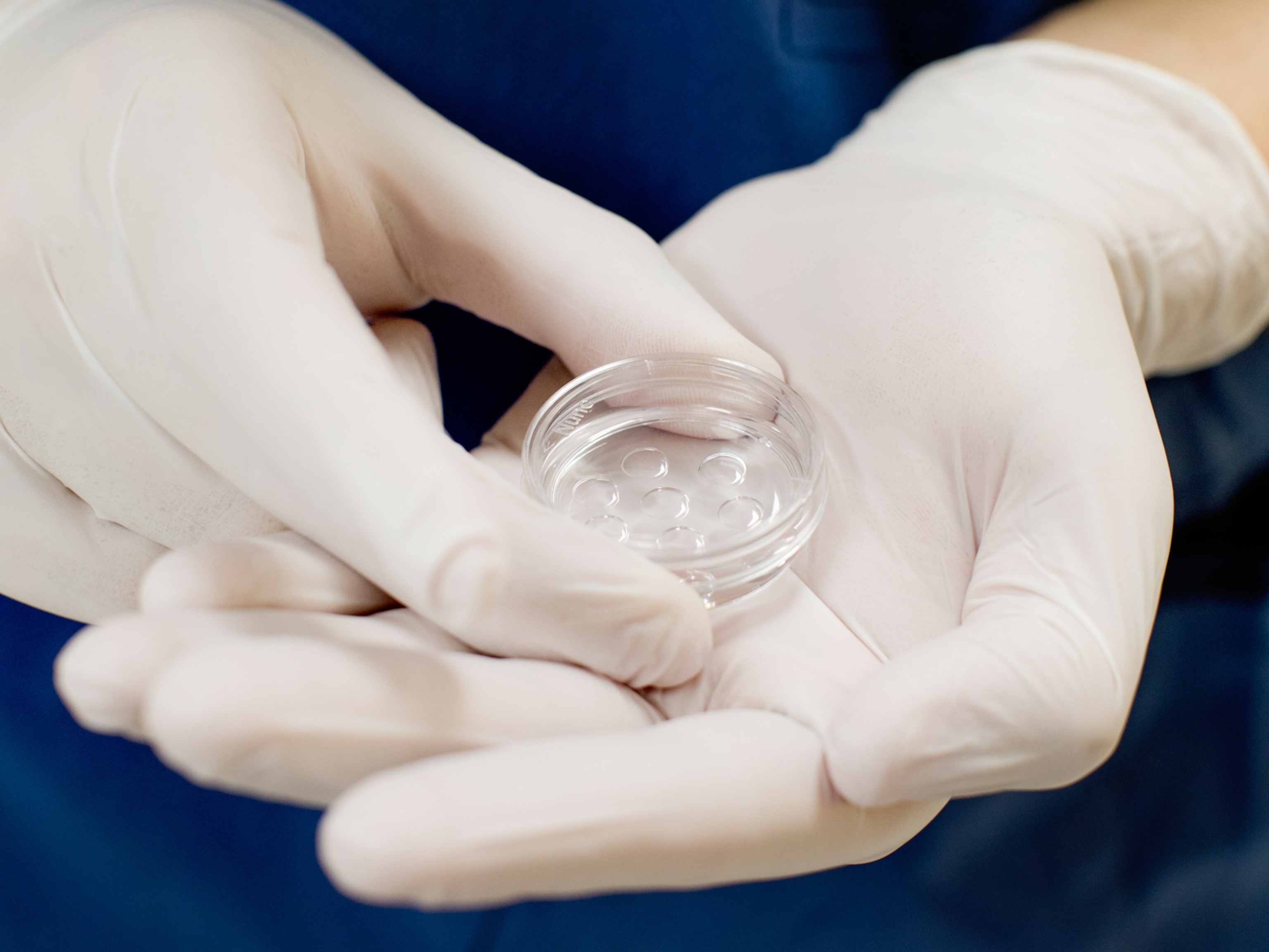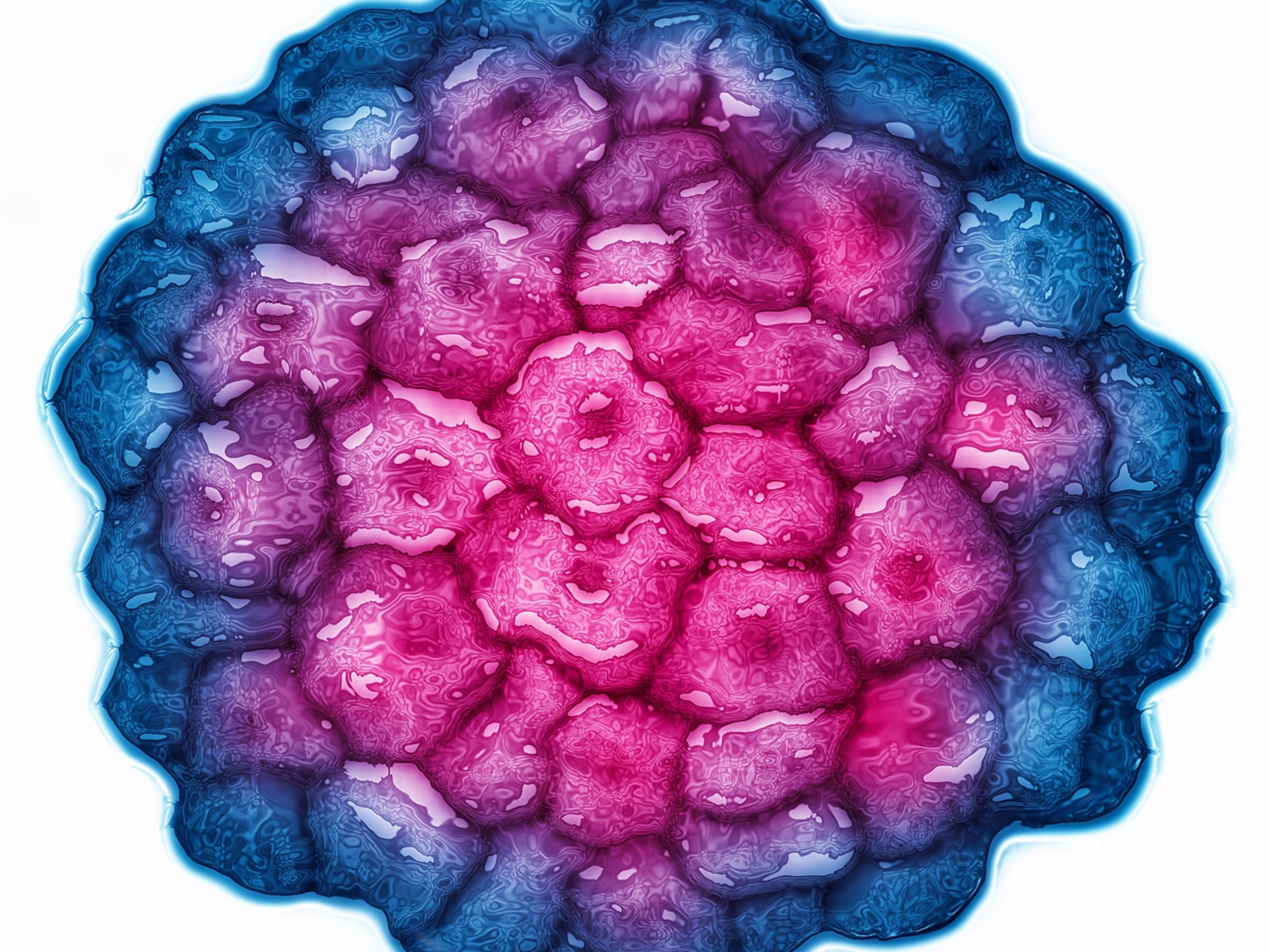
Peanut Butter or Nutella?
This year—2014—marks the 50th anniversary of Nutella, the creamy chocolate-and-hazelnut spread that Europeans prefer to peanut butter.
In fact, a lot of Americans prefer it to peanut butter too. Worldwide, a jar of Nutella sells every 2.5 seconds; and collectively Nutella fans eat 365,000 tons of the stuff each year. About a quarter of the world’s hazelnut crop goes into Nutella.
Last year thieves broke into a parked trailer in Bad Hersfeld, Germany, and made off with five tons—that’s 6,500 jars—of Nutella; and a dining-hall scandal at Columbia University revealed that the college was spending upwards of $5000 a week on Nutella, in part because Nutella-besotted students were sneaking jars back to their rooms. You don’t hear these kinds of stories about peanut butter.
On the other hand, at least in the United States, peanut butter still gives Nutella a run for its money. According to the National Peanut Board, Americans scarf down over a billion pounds of peanut butter annually. President George W. Bush liked peanut-butter-and-jelly sandwiches; Bill Clinton and Elvis Presley favored peanut butter and banana. (Elvis often added bacon.) Peanut butter figured in military rations in World Wars I and II; and the Apollo space missions took peanut butter to the moon.
Watch astronaut Chris Hadfield explain how to make a peanut butter sandwich in space.
Perversely, peanut butter—as countless linguists, foodies, and botanists point out—is neither a nut nor a butter. Peanuts are legumes, relatives of beans, peas, clover, and alfalfa. Peanut butter, strictly speaking, is legume spread.
The peanut’s scientific name, Arachis hypogaea—conferred by taxonomist Carl Linnaeus in the 18th century—comes from the Greek for “weed” and “under the earth,” which is a backhanded tribute to just how peculiar the peanut’s lifestyle is. The foot-tall peanut plant first produces a bevy of attractive yellow flowers; then, post-fertilization, sprouts shoots called “pegs” that upend themselves like nervous ostriches and bury themselves headfirst in the ground. The tip of the peg—the fertilized ovary—contains the peanut embryo, which matures subterraneously into a peanut. Only one other plant in the world behaves in this distinctly odd fashion: the West African Bambara groundnut, also known as the Congo goober.
Scientists believe that the peanut most likely originated in Bolivia, though by the time the first European explorers arrived, peanuts had spread across South and Central America. The Spanish, who encountered them in Aztec Mexico and Inca Peru, disseminated them around the world, first to Europe—where their reception was lukewarm—and then to Asia. By 1608, there were peanuts in China, where they were known as “foreign beans.” The Portuguese discovered peanuts in Brazil and spread them to Africa and India; from Africa they bounced back again, via slave ships, to the North American colonies.
It’s a matter of debate who first turned peanuts into peanut butter. Over 3,000 years ago, South American Indians were grinding peanuts to make a paste—the far-distant ancestor of Peter Pan, Skippy, and Jif. In the early 18th-century American South, ground peanut paste was eaten with salt; and Confederate soldiers used ground peanuts to make a sludgy “peanut porridge.” Commonly credited with inventing the spread that led to modern peanut butter, however, is physician John Harvey Kellogg of the Western Health Reform Institute, a sanitarium founded in 1866 in Battle Creek, Michigan.

Kellogg—who also invented corn flakes—was much respected in his day; visitors to his clinic included everyone from Warren G. Harding to Amelia Earhart, Thomas Edison, and Henry Ford. The doctor’s health regimens, however, have not survived the test of time. Kellogg condemned the use of condiments and spices, and claimed that vinegar, healthwise, was “more injurious than alcohol.” He touted yogurt enemas; fed some patients solely on grapes; and worried excessively about masturbation, which he felt should be treated with carbolic acid, patented cages, and/or electrical shocks. And he was a big fan of nuts.
In the 1890s, Kellogg began making a paste of ground roasted (later boiled) peanuts for his patients, for which—in 1895—he filed a patent application. (He called his peanut-butter-like substance a “Food compound.”)
Though there are other contenders for the invention of peanut butter, among them Canadian doctor Marcellus Edson and Missouri snack food maker George Bayle, food historians do agree, however, as to who didn’t invent peanut butter-namely George Washington Carver, from 1896 head of the agriculture program at Alabama’s Tuskegee Institute. Carver was a passionate promoter of peanuts—among his best-known publications is How to Grow the Peanut and 105 Ways of Preparing It For Human Consumption (1916). Way #51 is peanut butter, for which Carver includes somebody else’s recipe.
By the time Carver compiled his peanut manifesto, however, commercial peanut-butter production had taken off. No longer an upper-class, fad-diet food, peanut butter was sold (in tins) at local grocery stories—and people were being begged to buy it; during World War I, the government encouraged Americans to eat more peanuts and fewer grains and meats, saving the latter for the army and its European allies. Beech-Nut—then the top manufacturer of peanut butter—touted its product as “a patriotic way to conserve animal fats.”
Peanut butter, a cheap source of protein, is an energy food uniquely suited to hard and hungry times. It contains about 26 percent protein, 50 percent fat—though the bulk of this is “good” fat; there’s no cholesterol and only trace amounts of trans fats, the compounds implicated in cardiac disease—along with significant amounts of vitamin E, niacin, and antioxidants. Nutella often wins points for tasting better, but—the bad news—it contains seven times as much sugar.
Peanut butter is also the prime component of Plumpy’nut, the peanut-paste-in-a-packet that looks like the world’s current best bet for saving starving children. Plumpy’nut—basically peanut butter fortified with dried milk and vitamins—is the invention of French pediatrician André Briend, currently manufactured and distributed by the French company Nutriset. It doesn’t need to be mixed with water or refrigerated—both difficult in third-world countries; it keeps for up to two years; and it tastes good. Furthermore, it’s amazingly effective. About 95 percent of dangerously malnourished kids treated with Plumpy’nut make full recoveries in just four to six weeks.
Briend said that he got the idea for Plumpy’nut one morning at breakfast—as he opened a jar of Nutella.

This story is part of National Geographic’s special eight-month Future of Food series.
References:
- Krampner, Jon. Creamy and Crunchy: An Informal History of Peanut Butter. Columbia University Press, 2014.
- Rice, Andrew. “The Peanut Solution.” New York Times, September 2, 2010.
- Smith, Andrew F. Peanuts: The Illustrious History of the Goober Pea. University of Illinois Press, 2006.
Just for fun:
- Astronaut Chris Hadfield posted a You Tube video from the International Space Station, showing the earth-bound how to make a peanut butter sandwich in space.








